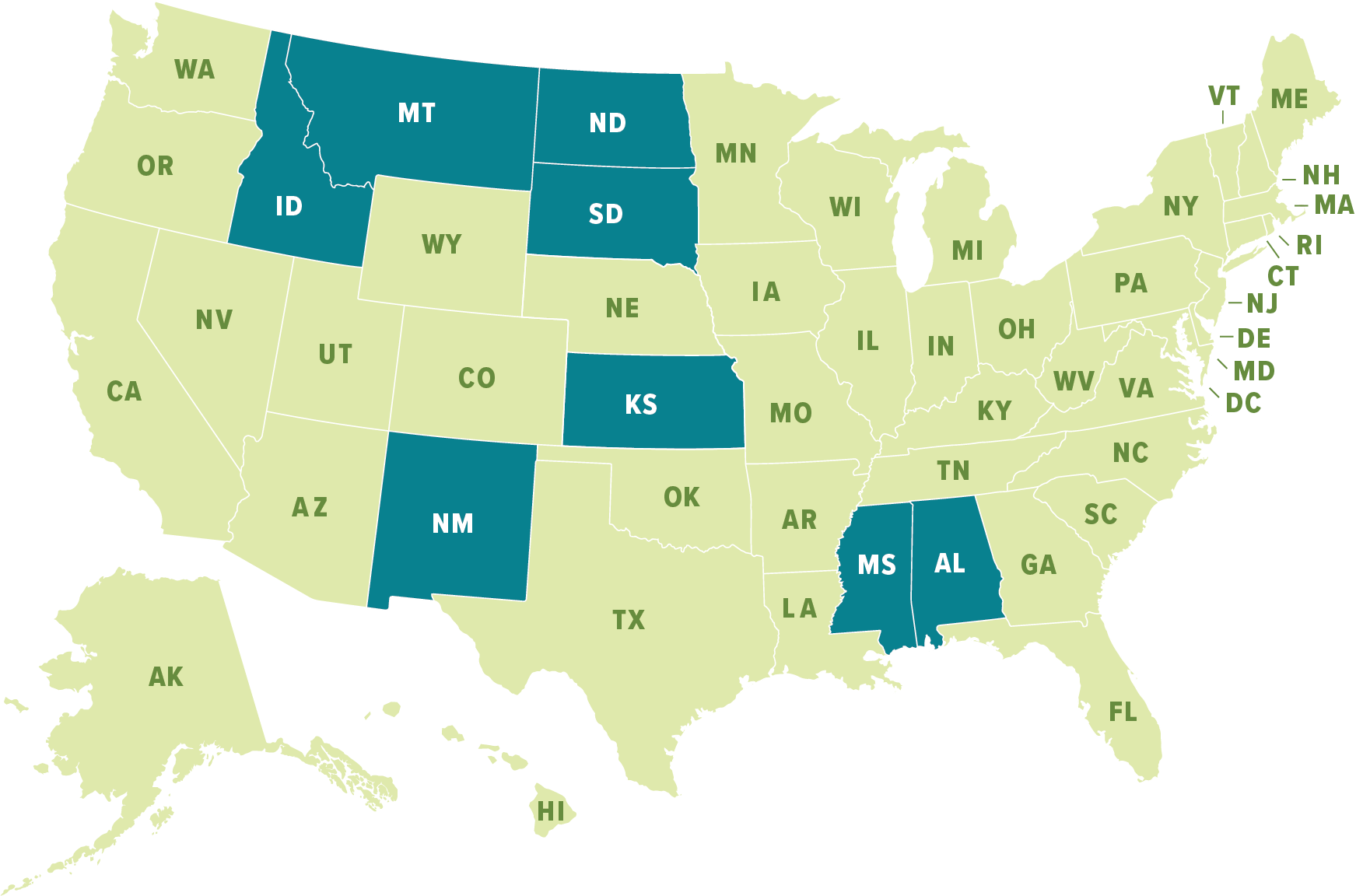
Why Should Pets be Included in Protection Orders?
Roughly two-thirds of all American households have at least one pet, and most treat their companion animals as beloved members of the family.1 Unfortunately, pets can also become victims of domestic violence. Surveys have found that up to 89 percent of pet-owning domestic violence survivors reported that their abusers had threatened, injured, or killed their pets.2 Survivors sometimes refuse to leave violent relationships, for fear of what will happen to their pets. Up to 48% of survivors report they delay leaving violent relationships because they do not know how to keep their pets safe.3
When leaving a violent relationship, many domestic violence survivors seek restraining orders. Having recognized the importance of protecting companion animals, 42 states now have pet protection order laws (see map below). More states are sure to follow. The next vital step after passage of these laws is to ensure that domestic violence survivors and their advocates are aware these protections exist and know how to use them. We hope that the information and the state-specific manuals provided here (see below) will assist in that effort.
Overview of the Legal Landscape
Regardless of whether a state has a specific pet protection order provision, most state temporary restraining orders (TROs) contain language that gives courts discretion to permit additional orders. A court can order pets to be included in a TRO just as it can provide for the temporary care of children or possession of property. A TRO can also authorize law enforcement to assist with the removal of a pet from a home. Therefore, even if a state does not have a pet protection order statute, a petitioner can include incidents of pet abuse or threatened abuse in their complaint or petition and request that the court include pets in the property or “other relief” section of the protection order.
States with Pet Protection Provisions Included in Protection Order Statutes
The map below shows which states have laws that specifically provide for the inclusion of companion animals in domestic violence protection orders.

Green states specifically provide for the inclusion of pets in temporary restraining orders.
Blue states do not specifically address the inclusion of pets in temporary restraining orders.
Guides for Domestic Violence Attorneys and Advocates
In November 2014, AWI began publishing state manuals designed to provide guidance to lawyers and advocates seeking to help domestic violence survivors include their companion animals in protection orders. Each manual provides an overview of information lawyers and advocates may need to obtain from and discuss with domestic violence survivors seeking protection for pets as well as themselves. These guides explain the scope of a state’s pet protection order, provide links to official forms and instructions necessary for including pets in a protection order, and suggest outside entities that may be able to offer assistance.
See the menu below for each state manual completed thus far. To make this critical information available to attorneys and advocates nationwide, AWI plans to produce a similar resource for every state that has enacted a law providing for the inclusion of companion animals in domestic violence protection orders.5
1. Per results of biennial National Pet Owners Surveys conducted by the American Pet Products Association.
2. Faver, C. A., & Strand, E. B. (2003). Domestic violence and animal cruelty: Untangling the web of abuse. Journal of Social Work Education, 39(2), 237–253.
https://doi.org/10.1080/10437797.2003.10779134
3. Hardesty, J. L., Khaw, L., Ridgway, M. D., Weber, C., & Miles, T. (2013). Coercive control and abused women's decisions about their pets when seeking shelter. Journal of interpersonal violence, 28(13), 2617–2639. https://doi.org/10.1177/0886260513487994
4. Michigan State University’s Animal Legal & Historical Center maintains a page summarizing state pet protection order statutes. A model state law for including pets in protection orders can be found on the Animal Law Resource Center website.
5. The information provided in these manuals should not be considered legal advice or a substitute for legal advice. Those seeking to escape domestic violence or seeking to assist such individuals should obtain professional legal aid before petitioning a court for protection or other relief.